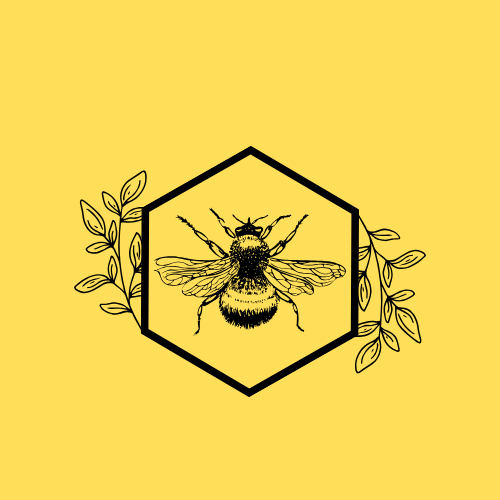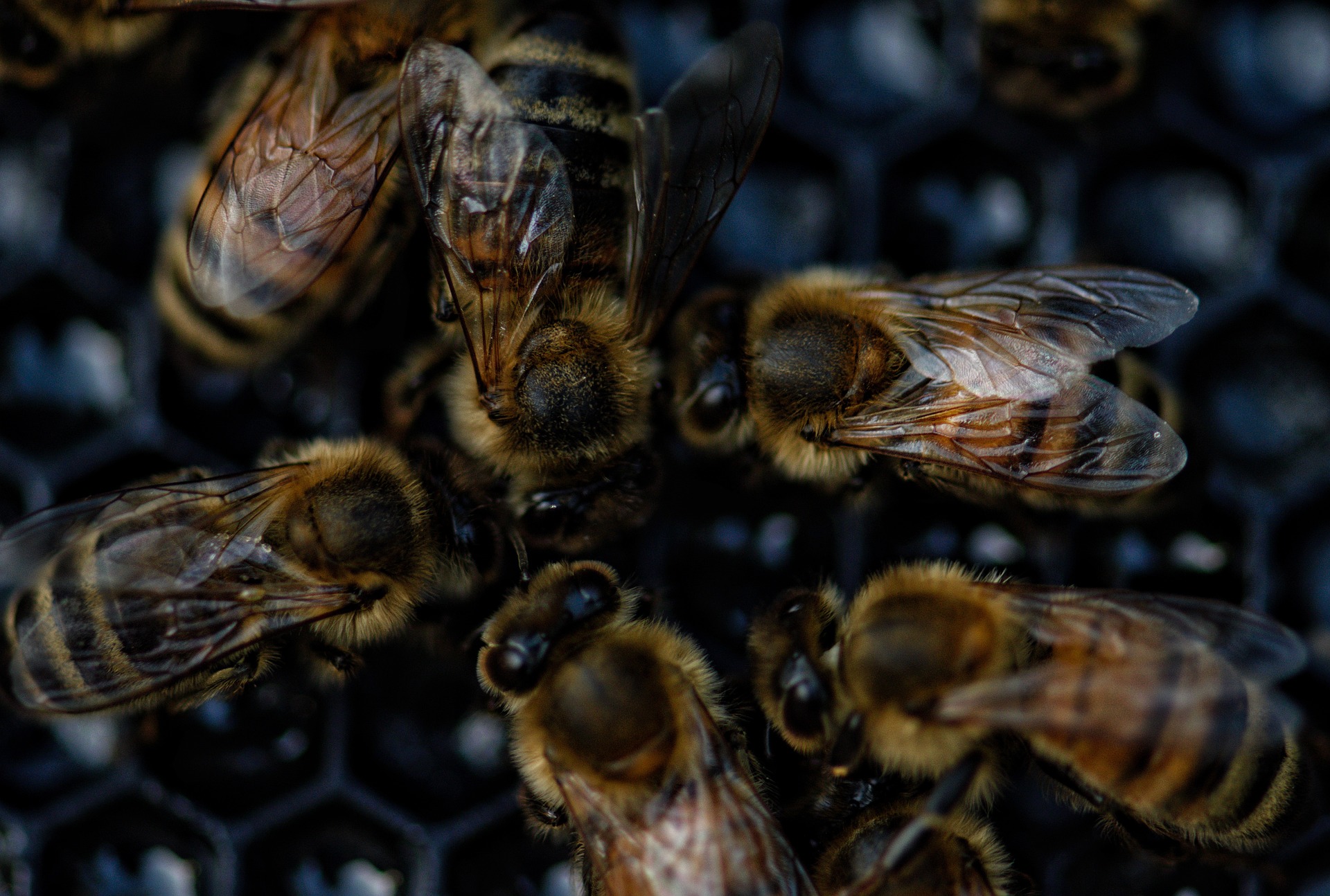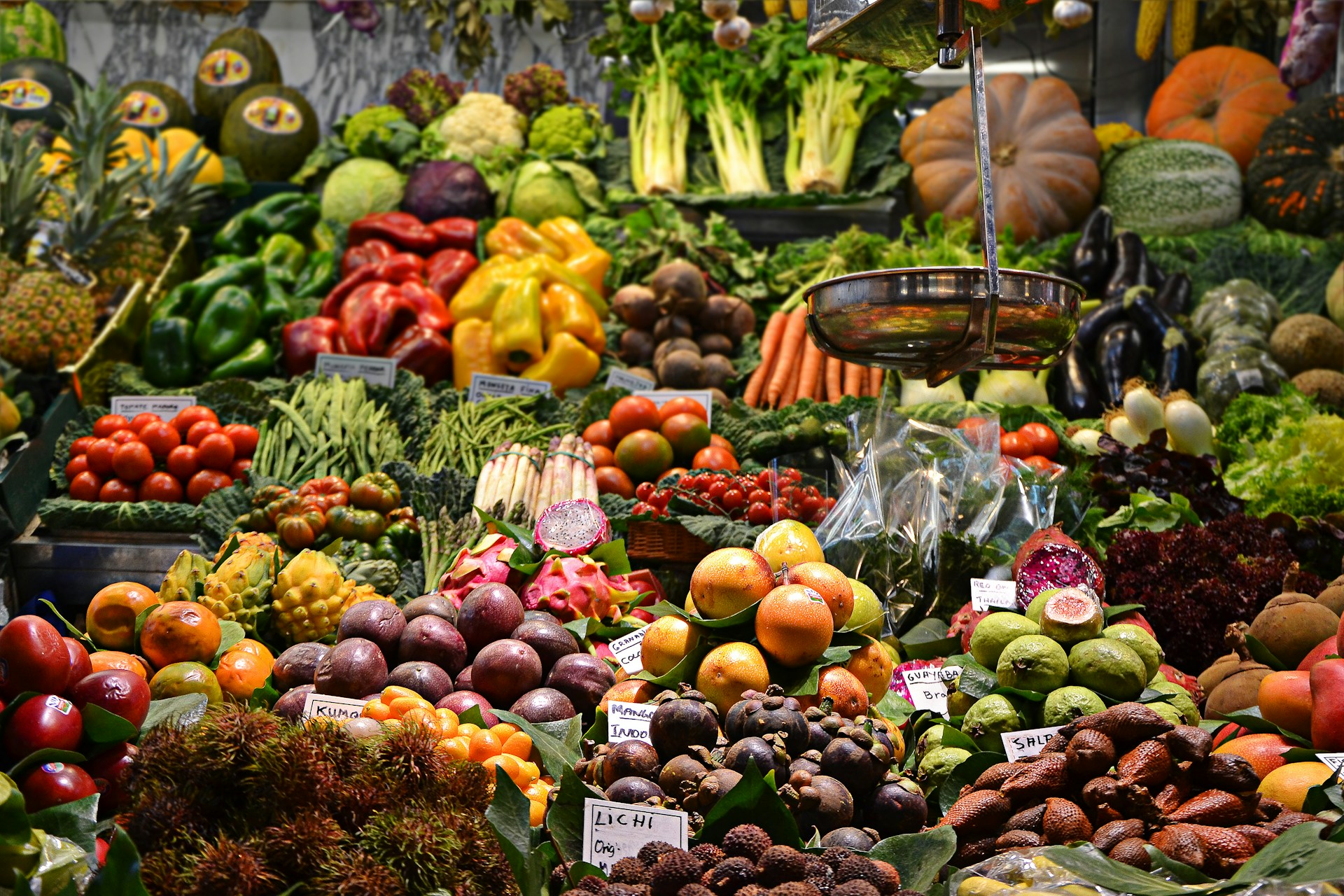.png)
Our Bee Powerplant: A Sustainable Future

A New Era of Beekeeping
At Bantu Bees, we're not just beekeepers; we're pioneers of a sustainable future. We're building a revolutionary, off-grid, closed-loop farm system designed to revolutionize the way we produce food and protect our environment. We currently raising funds to cover the cost of development.
A Harmonious Ecosystem Our unique approach combines beekeeping, aquaponics, and insect farming into a single, self-sustaining ecosystem.
Ecosystem
1. Beekeeping
Our state-of-the-art beehives provide a safe and productive environment for our bees, promoting their health and well-being (Somerville, 2005).
2. Aquaponics
We cultivate nutrient-rich plants using a closed-loop aquaponic system, providing a natural food source for our bees and fish while minimizing water usage and waste (Diver, 2006).
3. Insect Farming
We raise a variety of insects, such as crickets and ants, to further enrich our ecosystem and provide additional food sources for our bees and fish, contributing to a more sustainable and diverse food chain (van Huis et al., 2013).

A Sustainable Warehouse
Our innovative warehouse is designed to minimize our environmental impact. It's powered by solar energy and houses our beehives, aquaponic systems, and insect farms in a vertically integrated, climate-controlled environment.
Key Features of Our Warehouse:
• Off-Grid Power: Our warehouse is completely self-sufficient, powered by solar energy and a backup generator, reducing our reliance on fossil fuels.
• Vertical Farming: We maximize space efficiency by utilizing vertical farming techniques, allowing us to produce more food in a smaller footprint (Despommier, 2010).
• Closed-Loop System: Our system is designed to minimize waste and maximize resource efficiency, ensuring that waste products from one part of the system are used as inputs for another (Kläring, 2015).
• Biodiversity: We promote biodiversity by creating a diverse ecosystem within our warehouse, supporting a variety of plant and animal life.
A Brighter Future
By embracing these sustainable practices, we're not only producing high-quality products but also contributing to a healthier planet. Join us on our journey to a more sustainable future.
Would you like to learn more about a specific aspect of our project, such as our beekeeping practices, aquaponic system, or insect farming?
References
• Despommier, D., 2010. The vertical farm: Feeding the world in the 21st century. Macmillan.
• Diver, S., 2006. Aquaponics—integration of hydroponics with aquaculture. ATTRA-National Sustainable Agriculture Information Service, 1, pp.1-4.
• Kläring, H.P., 2015. Efficiency of closed greenhouse systems: comparison of different systems and discussion of influencing factors. Acta Horticulturae, (1092), pp.13-22.
• Somerville, D., 2005. Fat bees, skinny bees: a manual on honey bee nutrition for beekeepers. Rural Industries Research and Development Corporation.
• van Huis, A., Van Itterbeeck, J., Klunder, H., Mertens, E., Halloran, A., Muir, G. and Vantomme, P., 2013. Edible insects: future prospects for food and feed security. Food and Agriculture Organization of the United Nations.







.png)
.png)
.png)
.png)
.png)